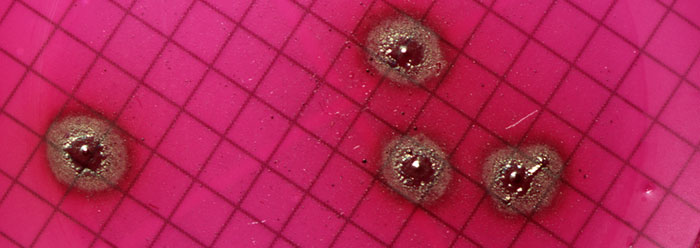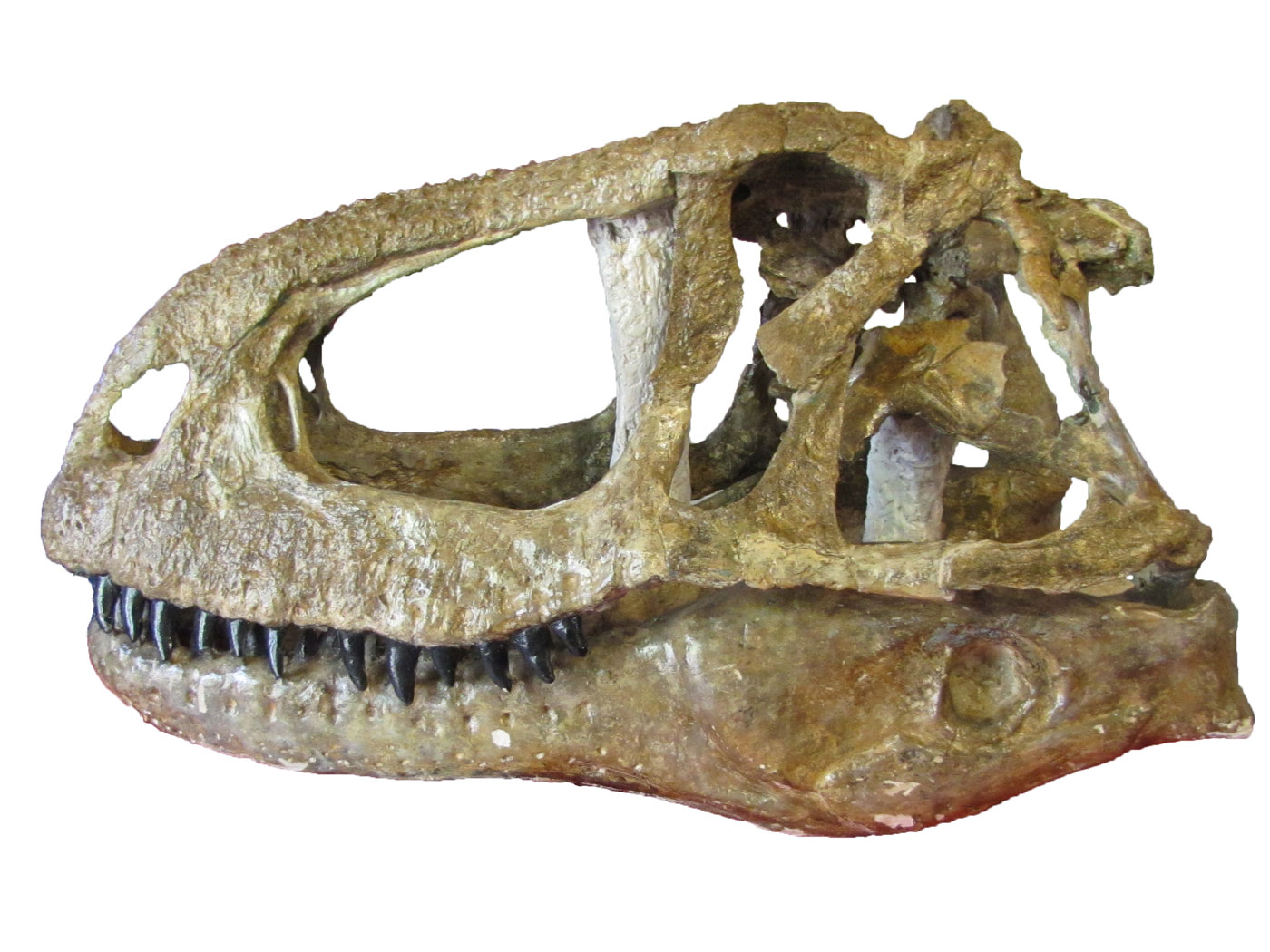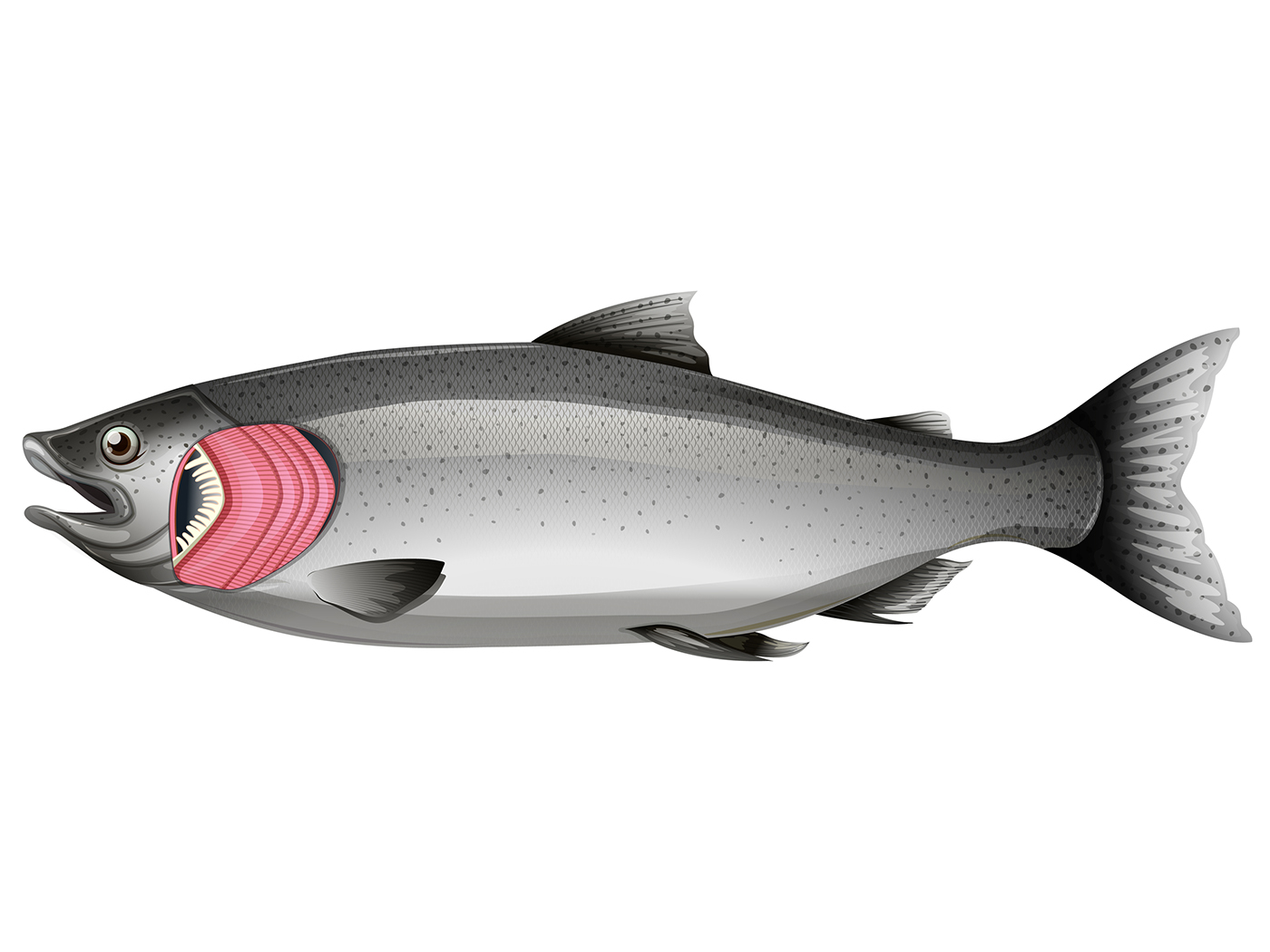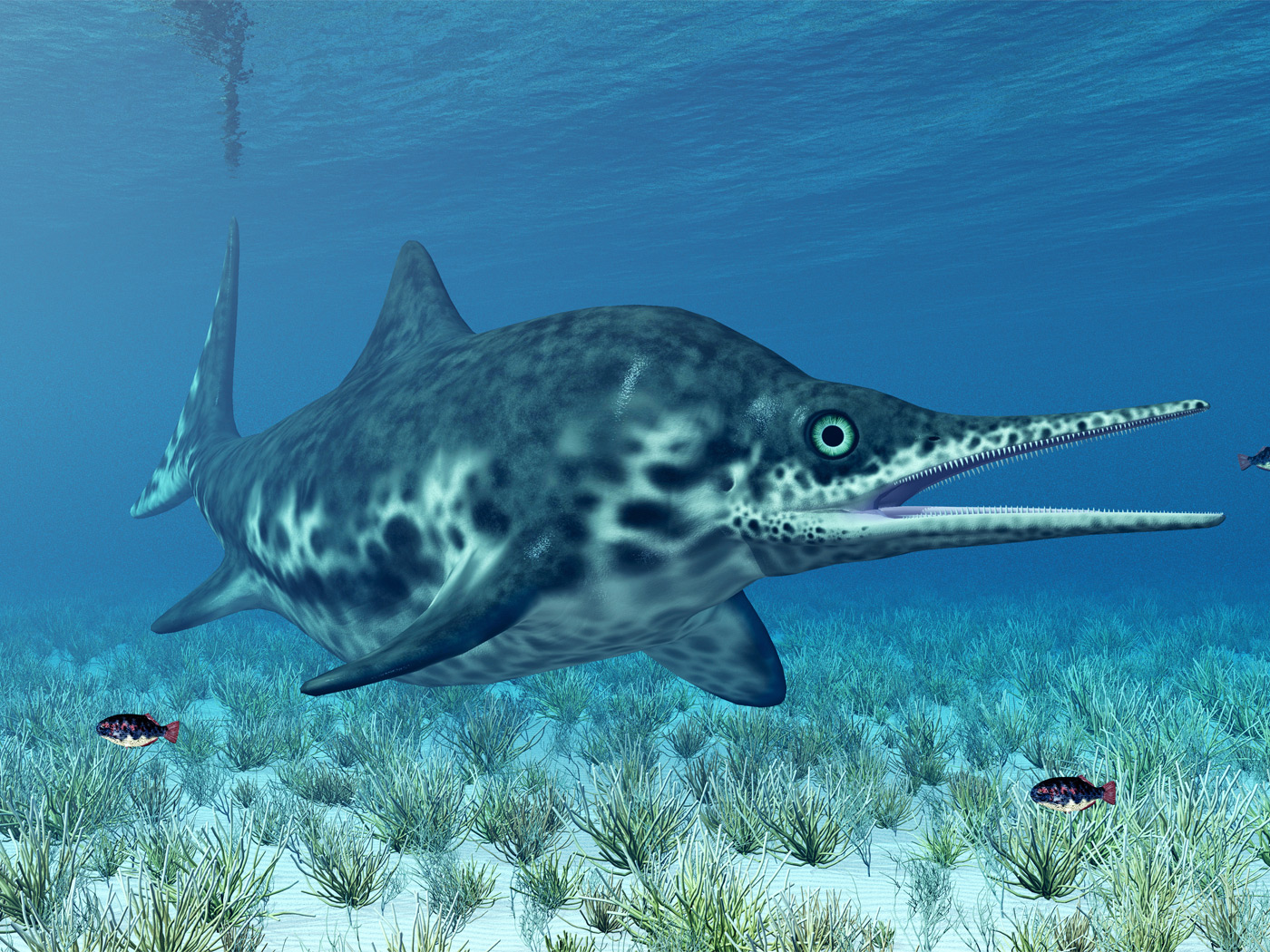Evidence abounds that vertebrate eyes cannot be the result of chance formation. Recently, scientists found even more evidence when they discovered that retinal neurons work together to provide the brain with a finely-tuned visual picture.
Neurons in the back of the eye receive and transmit optical data to the brain. Each neuron views the world through a small “window,” or receptive field. Researchers at the Salk Institute for Biological Studies have discovered that these irregularly-shaped receptive fields actually fit tightly together like puzzle pieces. This avoids the occurrence of blind spots, which would result if there were gaps between the fields. It also prevents blurred vision, which would occur if the fields had too much overlap. Thus, “the nervous system operates with higher precision than previously appreciated and…apparent irregularities in individual cells may actually be coordinated and finely tuned to make the most of the world around us.”1
The study’s senior author, E. J. Chichilnisky of the Salk Institute, noted "the striking coordination" found in the function of this eye structure, which “may sample the visual scene with high precision, perhaps in a manner that approaches the optimum for high-resolution vision.”1
In 1802, British Christian apologist William Paley proposed that eye design, such as he understood it, constituted clear evidence for creation, which he termed “contrivance”:
The lenses of the telescope and of the eye bear a complete resemblance to one another in their figure, their position, and in their power over the rays of light in bringing each pencil [of light] to a point at the right distance from the lens, namely in the eye at the exact place where the membrane is spread to receive it. How is it possible under circumstances of such close affinity, and under the operation of equal evidence, to exclude contrivance from the one, yet to acknowledge proof of contrivance having been employed as the plainest and clearest of all propositions in the other?2
Since that time, biologists have discovered dazzlingly intricate and remarkably effective small-scale features of vertebrate eyes. The precise specifications of these features point to a Designer with incomparable engineering skill.3 The more that is learned about the eye, the more confidence there is that Paley—who argued that “the most secret laws of optics must have been known to the author of a structure endowed with such a capacity”—was on to something.4
Eyes were not originally constructed by nature alone, but by a power and intelligence outside of nature. The science agrees with Paley.
References
- How the retina works: Like a multi-layered jigsaw puzzle of receptive fields. Salk Institute for Biological Studies press release, April 7, 2009. This release reported on the research published in Gauthier, J. L. et al. 2009. Receptive Fields in Primate Retina Are Coordinated to Sample Visual Space More Uniformly. Public Library of Science Biology. 7 (4) e63.
- Cooper, B., ed. 1997. Paley’s Watchmaker. Chichester, UK: New Wine Press, 38.
- For example, the attributes of the engineer responsible for designing Müller cells, which act as fiber optic light-gathering funnels in vertebrate retinas, best match the Bible’s description of an all-wise Creator: “The increasing refractive index together with their funnel shape at nearly constant light guiding capability make them ingeniously designed light collectors.” Franze, K. et al. 2007. Müller cells are living optical fibers in the vertebrate retina. Proceedings of the National Academy of Sciences. 104 (20): 8290. See also Thomas, B. Fish’s Mirror Eyes Reflect the Creator. ICR News. Posted on icr.org January 15, 2009; and Thomas, B. Tubular Fish Eyes Defy Evolution. ICR News. Posted on icr.org March 3, 2009.
- Cooper, Paley’s Watchmaker, 41.
* Mr. Thomas is Science Writer at the Institute for Creation Research.
Article posted on April 15, 2009.

























